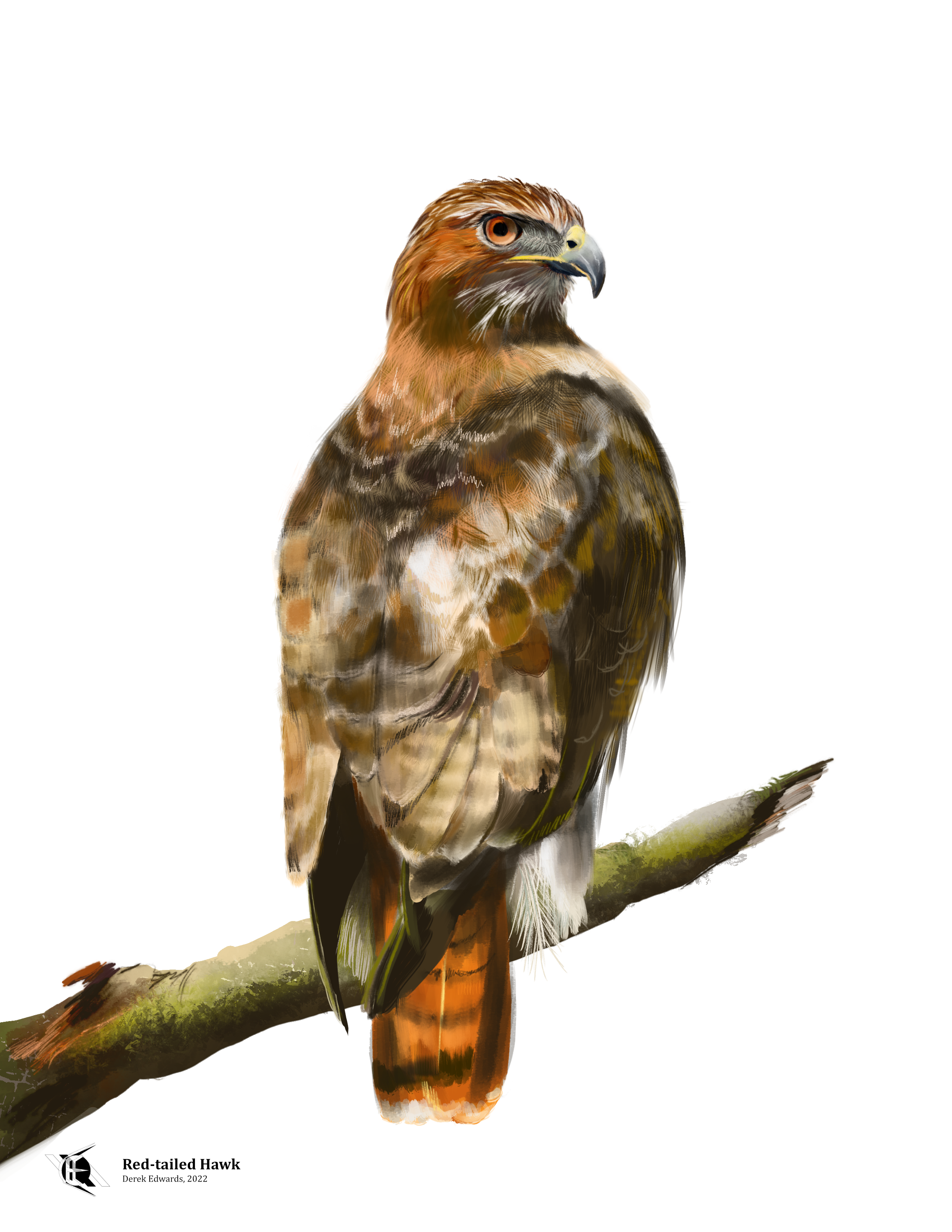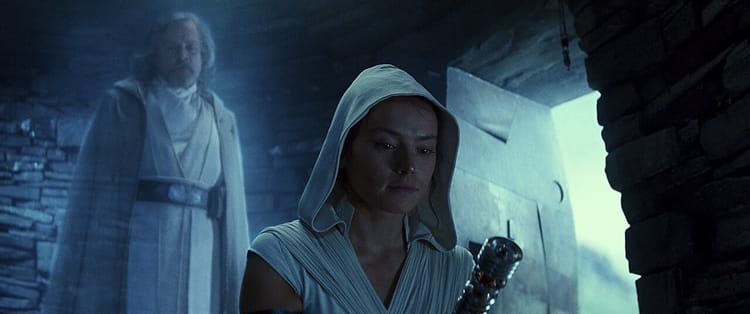
Running Commentary 6/13/2022
Hello,
It’s already mid-June. Maybe your year is dragging along, but it seems crazy to me that we’re this far in. I saw a family of sandhill cranes yesterday and the colt was nearly as large as its parents, which is when it really hit home to me how late in the season it is.
Anyway...
Watching...
Obi-Wan Kenobi
The latter half of the series kicks off with a shorter, more action-packed episode than we’ve seen so far. Here are my notes:

- Is bacta a hallucinogen? First in The Book of Boba Fett, now here, people in bacta tanks keep having vivid flashbacks.
- The way he sneaks around them, you really see in this show how much Obi-Wan Kenobi is convinced stormtroopers are unparalleled precise shots.
- I guess I should have guessed that Reva wanted Leia in order to find the rest of the Path. I just wasn’t thinking of that last week. Broadening the show’s focus beyond just Vader hunting Kenobi to Vader hunting a whole network of escaped Jedi is a good move. Not only does it build up toward a big finale, it also solves the problem I mentioned last time: we know both Kenobi and Leia will be fine by the end of the show. But any other fugitive Jedi aren’t known quantities, so any peril they face won’t feel so disingenuous.
- Speaking of Reva, this episode finally gave her a bit more to do. There were more hints at a backstory I expect we’ll see revealed by the series end.
- The corridor flood scene came off stupid and cartoony in an otherwise pretty grounded (for Star Wars) show. It would have made more sense for Kenobi to have been washed into the outer hall; I suspect that would have happened if not for budget limitations.

Bird of the Week
This week we’re featuring another iconic American bird of prey. The red-tailed hawk is found in every corner of North America, from Alaska to Panama, as well as throughout the Caribbean. They feed mostly on small mammals. They can survive in almost any habitat besides heavily developed cities. The most common brown-colored hawk in its range, red-tailed hawks can be identified by the band of dark spots across their bellies, their high-soaring habits, and, of course, by their namesake rufous tail feathers, which are unique among American raptors.

If it existed anywhere else in the world, the red-tailed hawk would probably be called the red-tailed buzzard. Its closest cousin is the common buzzard of Africa and Eurasia. But, through a strange twist of language development, “buzzard” is used in North America to refer to New World vultures, especially the turkey vulture. Growing up I had a sort of understanding that vultures weren’t really buzzards, but I had always thought that real buzzards were also some sort of carrion-eating birds. But no, buzzards are just a sort of hawk, known for flying in high circles, riding rising currents of warm air. Turkey vultures also do this, which is how they came to be called “buzzards”, which would make sense enough if it weren’t for the presence of actual buzzards, such as the red-tailed hawk and the rough-legged buzzard (called the “rough-legged hawk” in the U.S.)
If you’re not from North America, you might never have seen a red-tailed hawk, but you’ve almost certainly heard it. Their call is a piercing cry, and a recording of one has become the go-to sound effect for birds of prey generally, and especially the bald eagle, whose own meek, twittering vocalizations aren’t thought to match their imperious look.
Besides “red-tailed hawk”, this bird is known as the “chickenhawk”, thought, mistakenly, to prey on farmyard chickens. Its Latin name is Buteo jamaicensis, the “Jamaican buzzard”, as the species was first formally described, by German physician and early Linnaean taxonomer Johann Friedrich Gmelin, based on reports of a “cream-colored buzzard” found in Jamaica and sent to the ornithologist John Latham.

Curation Links
Do Invertebrates Have Emotions? | Natalie Mesa, The Scientist
“Decades ago, scientists and lawmakers had all but reached a consensus that invertebrates could not feel pain, let alone other emotions like joy or fear. Recently, however, evidence is mounting that invertebrates are more than just reflexive beings. Experiments in bees, crabs, and octopuses show that some invertebrate animals can learn from painful experiences, have positive and negative emotion-like states, and might even experience a range of other emotions beyond pain and pleasure. But not all scientists agree that invertebrates feel anything analogous to vertebrate—much less human—emotion.”
My Quest to Make My Dog Internet Famous | Erica Lenti, The Walrus
The internet famously loves cats, but they love dogs, too, and other pets. Viral figures like Grumpy Cat and Doge have made their owners moderately rich and famous. Good work if you can get it, thought writer Erica Lenti, who recognized potential in her own dog, a one-eyed dachshund mix named Belle.
Nature's Revenge | Michael Cukr, Aeon
[VIDEO] Fine Art and Big Box Stores seldom meet in most people’s minds. But in the ‘70s, a chain called “BEST” hired former sculpture James Wines to design their locations. The results were award-winning bits of architecture, each unique in their approach toward getting the public to think about how buildings are built. (9 minutes)
The Elephants’ Crematorium | Timothy Mudie, Lightspeed Magazine
[FICTION] “The little they’d seen before the internet and TV and radio all stopped working showed cities and people imploding, disintegrating, blinking away into air. Reporters just as mystified as everyone watching. Everything broke, the world became surreal. Nothing to do, Liyana thought, but to forge ahead, to will the world back to normalcy. But most of humanity was dead, and the survivors couldn’t have babies, and the elephants were spontaneously combusting.”
See the full archive of curations on Notion






Member Commentary